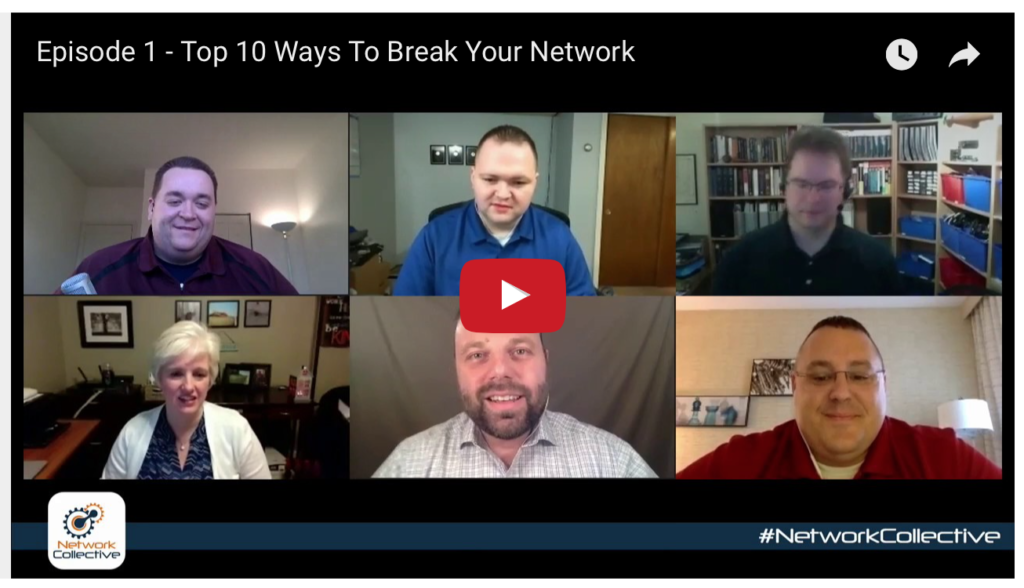Uber offers new dispatch service for businesses
Uber wants businesses to do away with shuttle buses for customers, and has launched a new service aimed at making it easier for companies to hail cars on other people’s behalf. Called Uber Central, the software lets users request cars even for people who don’t have accounts with the ride-hailing company.Here’s how it works: company employees who have access to the Uber Central console input a customer’s name and phone number, along with their pickup and drop-off address. After that, they can request a ride from Uber’s menu of services, or save the data as a draft for easier use later.The Uber Central dashboard, which is available worldwide, also lets employees track the status of rides. It’s built on top of Uber for Business, a version of the ride-hailing platform that has been built for use by companies rather than individuals.To read this article in full or to leave a comment, please click here





